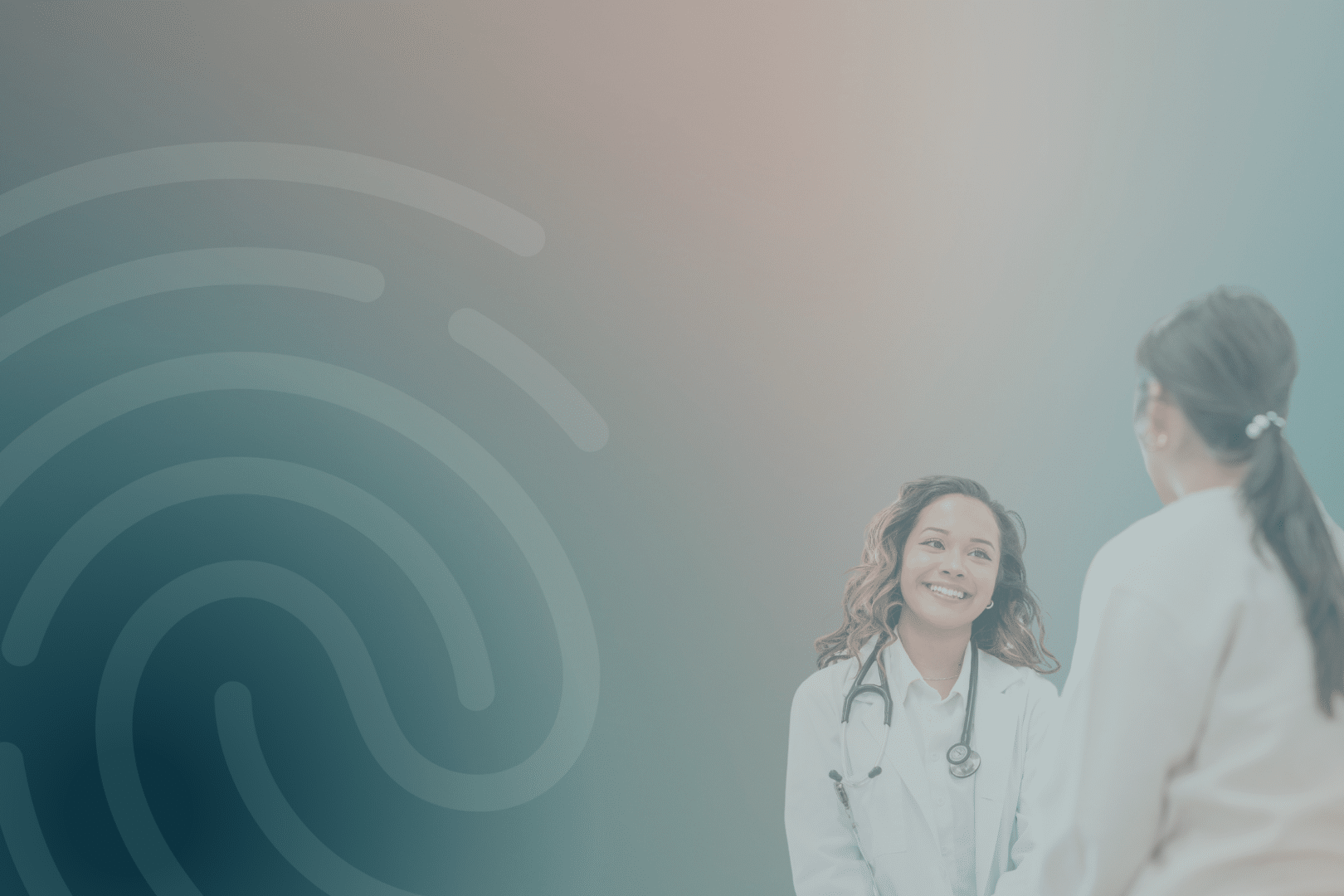The Reality of Diabetes
When you hear the word “diabetes” what words first come to mind? “Eat right, lose weight, eat less sugar, preventable, curable”—words often spoken on TV ads or printed on magazine covers. “Constant vigilance, glucose monitoring, anxiety, sleepless nights, carb counting, insulin shots”—these are words that come to mind for someone living with diabetes. Being a type 1 diabetic myself, as well as a mom of a 2-year-old type 1 diabetic, these words are my #EverydayReality.
Diabetes is a common and serious disease. About 30 million Americans currently live with diabetes. And about 1.25 million of these children and adults have Type 1 diabetes. People with diabetes are at an increased risk of serious health complications, including vision loss, heart disease, stroke, kidney failure, amputation of toes, feet or legs, and premature death.
What is Diabetes?
Diabetes affects how your body uses a type of sugar called glucose. Glucose comes from carbohydrates, or carbs, in the foods you eat. Some foods have more carbs than others. A common misconception is that diabetics only need to avoid sugary foods like cakes, cookies, and candy. But most foods, including fruits and vegetables, contain carbs. When you eat, glucose travels through your blood to your cells, which use it for energy. But glucose can’t enter the cells by itself. It needs insulin, a hormone made by your pancreas, to enter the cells. In people with diabetes, glucose has trouble getting into the cells, so it builds up in the blood, especially after you eat.
- Type 1 diabetes is an autoimmune disease. The immune system, which normally protects you from germs, mistakes cells in the pancreas for bad guys, and destroys them. The pancreas can no longer make insulin. All people with Type 1 diabetes must take insulin every day and with every meal, which requires constant monitoring of blood glucose and carb intake. Anyone, at any age, can be diagnosed with Type 1, and it is neither preventable nor curable.
- In Type 2 diabetes, the pancreas still produces insulin, but either the cells start ignoring insulin’s command to let glucose in or, in some cases, the pancreas can’t keep up with the amount of insulin the body needs. Type 2 diabetes can run in the family. People who aren’t a healthy weight, aren’t physically active, or who don’t eat a healthy diet are also more likely to develop Type 2 diabetes. Although medication is sometimes needed, being physically active and staying a healthy body weight by eating right can help manage Type 2 diabetes.
Are There Any Warning Signs?
Common symptoms of diabetes include extreme thirst, hunger (despite eating), urinating often, extreme fatigue, blurry vision, cuts that heal slowly, unintentional weight loss despite eating more (Type 1), and tingling, pain, or numbness in hands or feet (Type 2). Some people with Type 2 diabetes have symptoms that are so mild that they go unnoticed. Many adults with Type 1 diabetes are often initially misdiagnosed with Type 2 diabetes because of the lack of understanding that Type 1 can happen at any age. Children who have symptoms of Type 1 diabetes are often mistaken to have the stomach flu or a virus. About 42% of people with Type 1 diabetes are in diabetic ketoacidosis (DKA) at the time of diagnosis. That means 4 in every 10 people had their signs and symptoms of Type 1 diabetes misunderstood or ignored. DKA is a life-threatening consequence of diabetes, in which the body breaks down fats for energy, releasing acids into the blood called ketones.
The impact of diabetes. Diabetes affects everyone differently, and everyone has their own way of managing and coping with a chronic illness. But just because you can’t see someone’s diabetes, that doesn’t mean it doesn’t affect them every minute of every day. “For the diagnosed, diabetes can affect every decision – what to eat, wear, do, and other decisions about how they’ll take care of themselves. Yet the 24/7 burden of diabetes management is often misunderstood.” –American Diabetes Association



